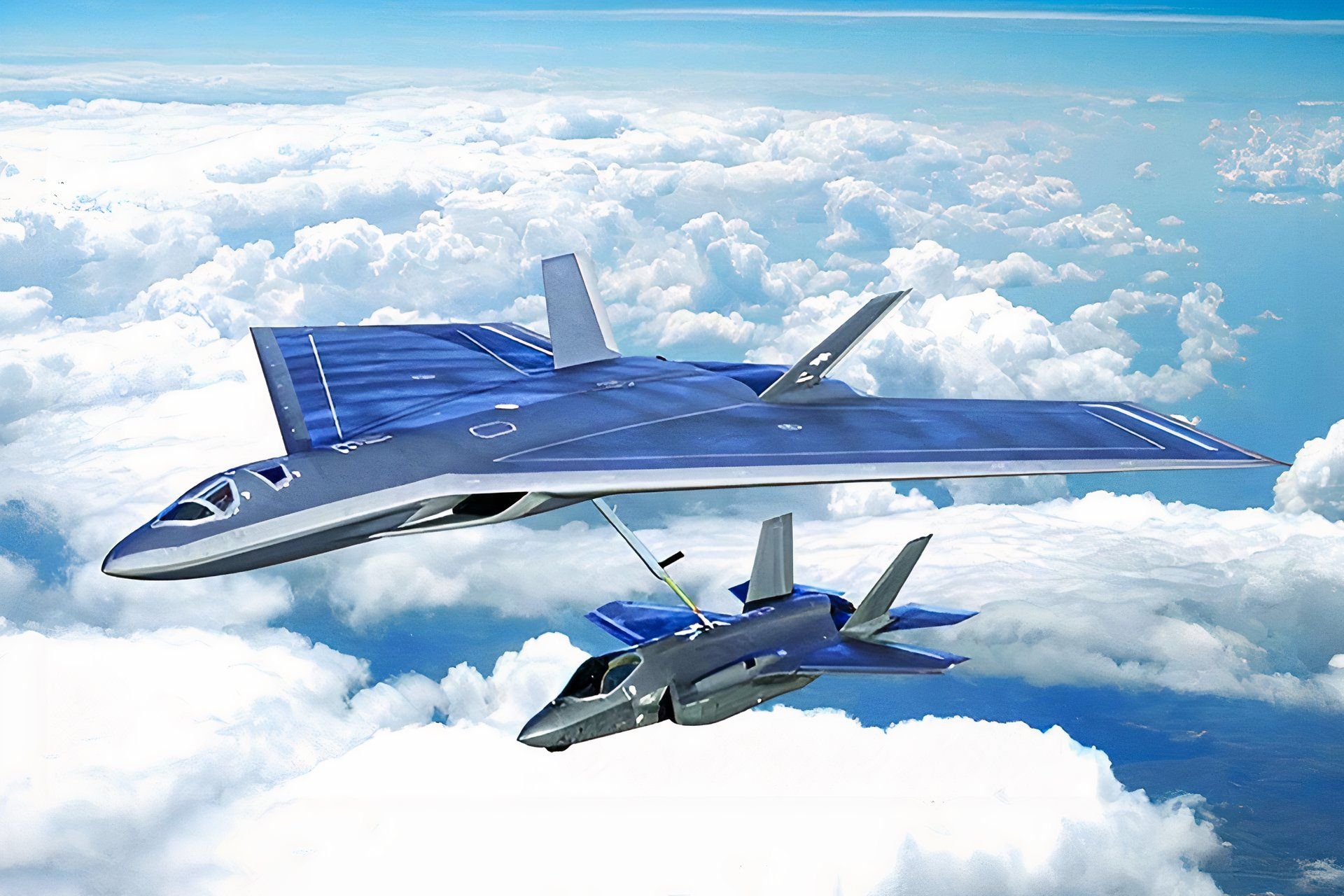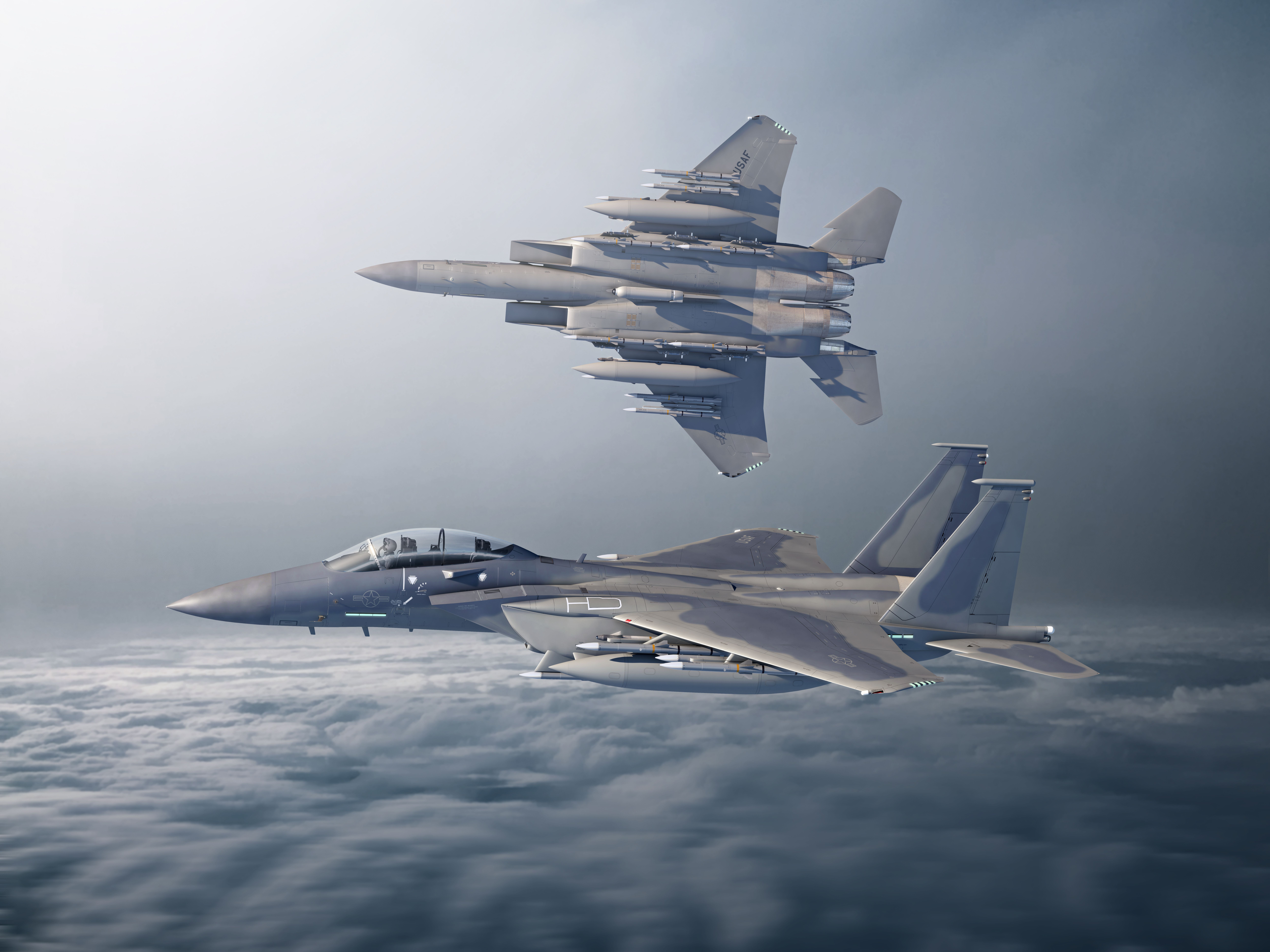Summary
- NGAD is now considered a F-22 replacement
- US Air Force Secretary Frank Kendall III wants lower NGAD unit costs to have budget room for CCA and NGAS
- US Air Force retains focus on core function of air superiority
US Air Force Secretary Frank Kendall III gave a keynote address at the 2024 Air & Space Forces Air, Space & Cyber Conference. In that address and in a follow-up press conference, Secretary Kendall III stressed the urgency of getting deliverables out of the Next Generation Air Dominance (NGAD) 6th Generation Fighter Jet
project.
“Essentially an F-22 replacement”
Secretary Kendall, in his address, was clear that NGAD is “Essentially an F-22 replacement”. One should note that Lockheed Martin’s F-22 Raptor
as pictured below was designed in the 1980s and developed in the 1990s with a maiden 1997 flight after a successful competition ending on April 23, 1991.
Photo: Joe Kunzler | Sinple Flying
Although the F-22 is in relatively low numbers at 185 with only 18.01 years in average age as of September 30, 2023, according to the Air & Space Forces Magazine 2024 Almanac – the need to start on a replacement is great, even if the Air Force Secretary is publicly correcting his US Air Force Air Combat Command General.
Graphic: Mike Mareen | Shutterstock
To quote Secretary Kendall from his address,
“We are looking at what we need in order to achieve air superiority in a manner consistent with the increased threat, the changing character of war in the most and the most cost and combat effective way.”
Hence, there is a need to develop an air superiority fighter that can handle the tyranny of distance and have open architecture. Renee Pasman, Vice President, Integrated Systems for Advanced Development Programs, Lockheed Martin, spoke at an Air Dominance panel that open architecture was key to future airpower. As Pasman shared,
“Fighters represent the Air Force’s ability, the DoD’s ability to really create the air superiority, you know, and to create, more importantly, enable the freedom of maneuver for everything else.”
Pasman went on to stress the need for fighters to share data quickly and seamlessly, especially as different fighters require different tactics. However, all this computing power comes at a cost.
But Secretary Kendall wants lower NGAD costs
In a follow-up press conference, Secretary Kendall, according to Air & Space Forces Magazine on September 16,
“I’ll just give you this off the top of my head: The F-35 kind of represents, to me, the upper bounds of what we’d like to pay. … The more the airplane costs, the fewer you’re going to have. Numbers do matter.”
This means Secretary Kendall wants more than a silver bullet force of NGAD crewed fighter jets. One should also remember that a factor in the shrinkage of the F-22 buy was the F-35
– as pictured below – coming online to provide fifth-generation capability and good platform networking at mass with a much lower per-unit price.
Additionally, Secretary Kendall wants the Collaborative Combat Aircraft
(CCA) drone to take on some of the tasks of NGAD. As previously covered by Simple Flying, the CCA is intended to be part of NGAD and will fly alongside crewed aircraft to be a missile truck and more that can be programmed with good tactics easily replicated across the CCA fleet.
Secretary Kendall also had praise for CCA, having had his X-62A flight, and the X-62A is a F-16 turned testbed for CCA technology. Secretary Kendall shared in his keynote that the CCA as “moving forward aggressively” with the necessary technology “maturing rapidly”. Immediately after his flight in a May 3 statement, Secretary Kendall said,
“The potential for autonomous air-to-air combat has been imaginable for decades, but the reality has remained a distant dream up until now. … This is a transformational moment.”
However, with the United States Air Force working on other next-generation aircraft procurement programs like Next Generation Aerial Refueling System or NGAS and CCA that will almost certainly be a low observable air refueler – Secretary Kendall made clear in his keynote that;
“Our intent is to have simultaneous and well-supported answers about the design concepts for NGAD, NGAS, and CCA increment two over the next few months. We have a strong sense of urgency here. Our analysis must be adequate to support major decisions and to help us align our requirements our acquisition strategies and funding for these three programs.”
Hence, the decision was made to do one last check on NGAD before proceeding to contract awards and production. The history of the F-22 Raptor being upgraded only in the 2020s indicates that this decision is wise.
Bottom line: Focused on “core function” of “air superiority”
Despite the recent decision to pause NGAD for evaluation, Secretary Kendall was clear,
“We are not walking away from the core United States Air Force function of providing air superiority.”
With the People’s Republic of China (PRC) increasing defense investments coupled with aggressive behavior, the Secretary stated that “China is not a future threat. China is a threat today” to justify checking NGAD requirements. It also helps that the US Air Force’s current low-observable air superiority fighter in the F-22, has a published range of 460 NM (530 mi, 850 km) with some margin for supercruise. At the same time, Guam is 1,716 miles from Taiwan, and Yokota Air Base in central Japan is almost 700 miles from Seoul, South Korea, which is close to the demilitarized zone (DMZ) between North & South Korea. Hence, creating a primary need for NGAS – with a concept by Lockheed Martin below – alongside recapitalizing the aging US Air Force tanker fleet.
Graphic: Lockheed Martin
Additionally, as Simple Flying recently discussed, the Boeing F-15EX Eagle is replacing F-15Cs that have helped with the air sovereignty core function. However, the F-15EX as one can see below is not a low-observable aircraft.
Graphic: Boeing
Ultimately, the US Air Force wants to replace the F-22 Raptor with a long-range, low-observable crewed platform supported by CCA drones and low-observable aerial refueling platforms. Hence, much focus on NGAD, CCA, and NGAS by US Air Force leaders.

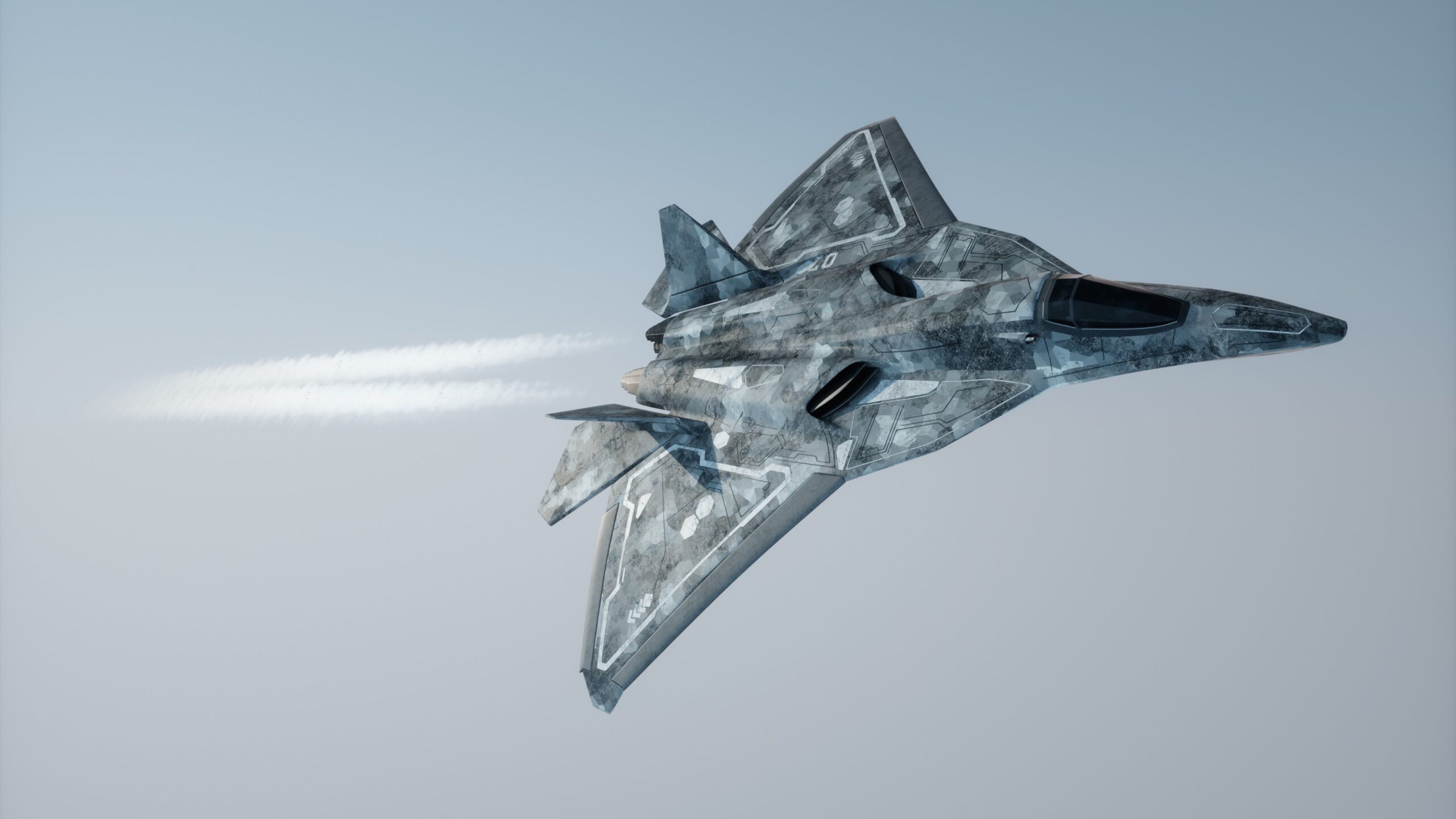
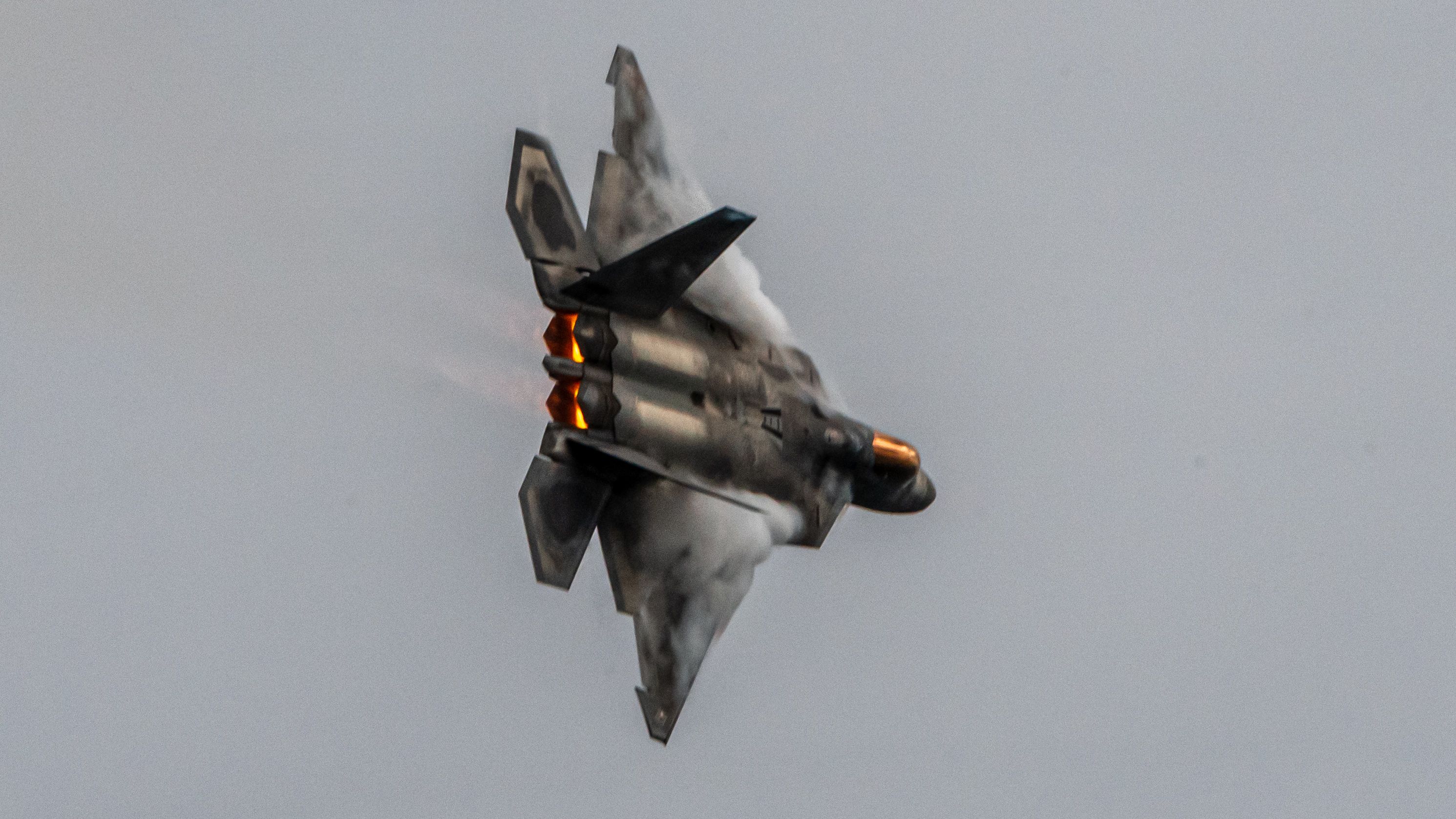
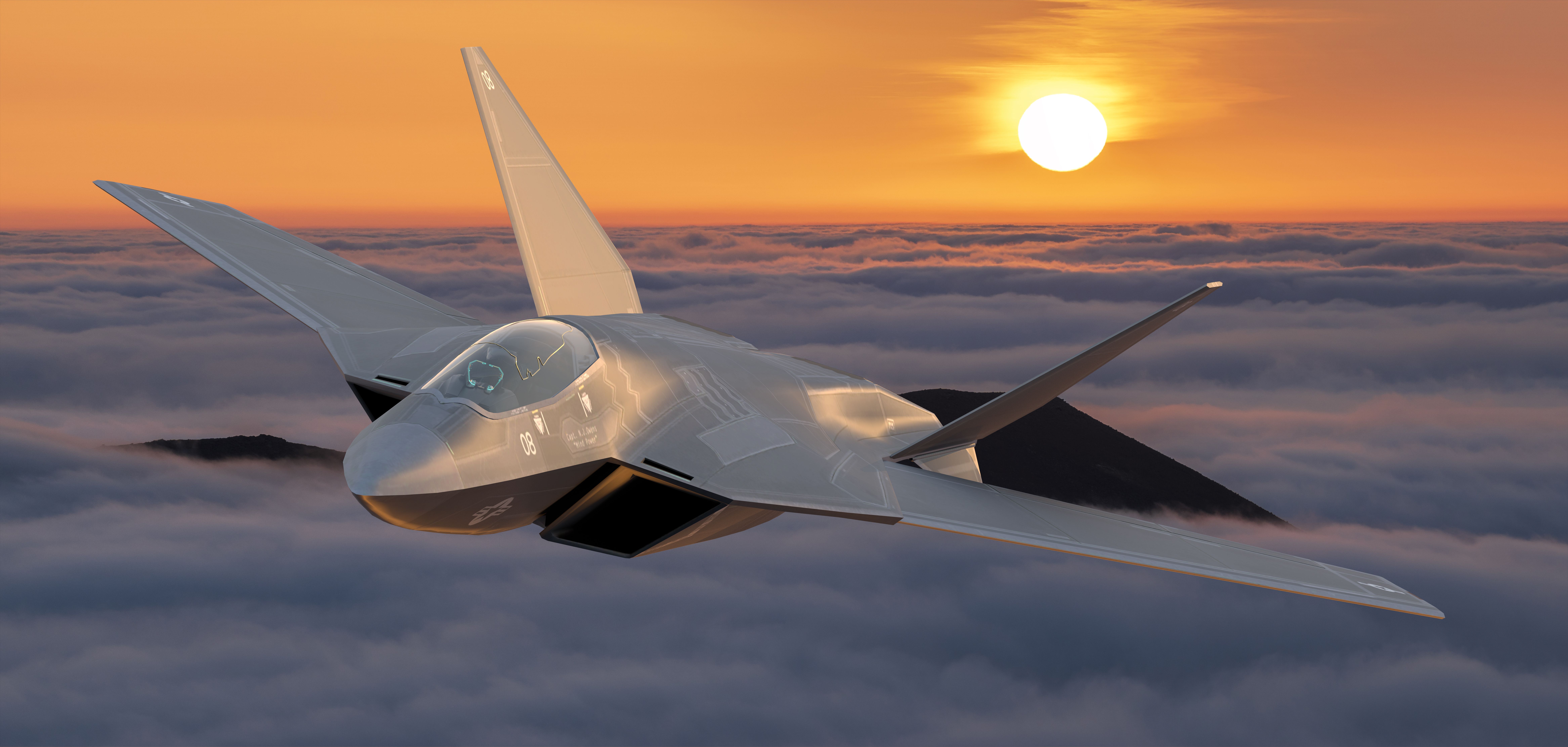
![7623335 - Luke AFB F-35 student pilots arrive at ADC [Image 4 of 4]](https://static1.simpleflyingimages.com/wordpress/wp-content/uploads/2024/09/7623335.jpg)
